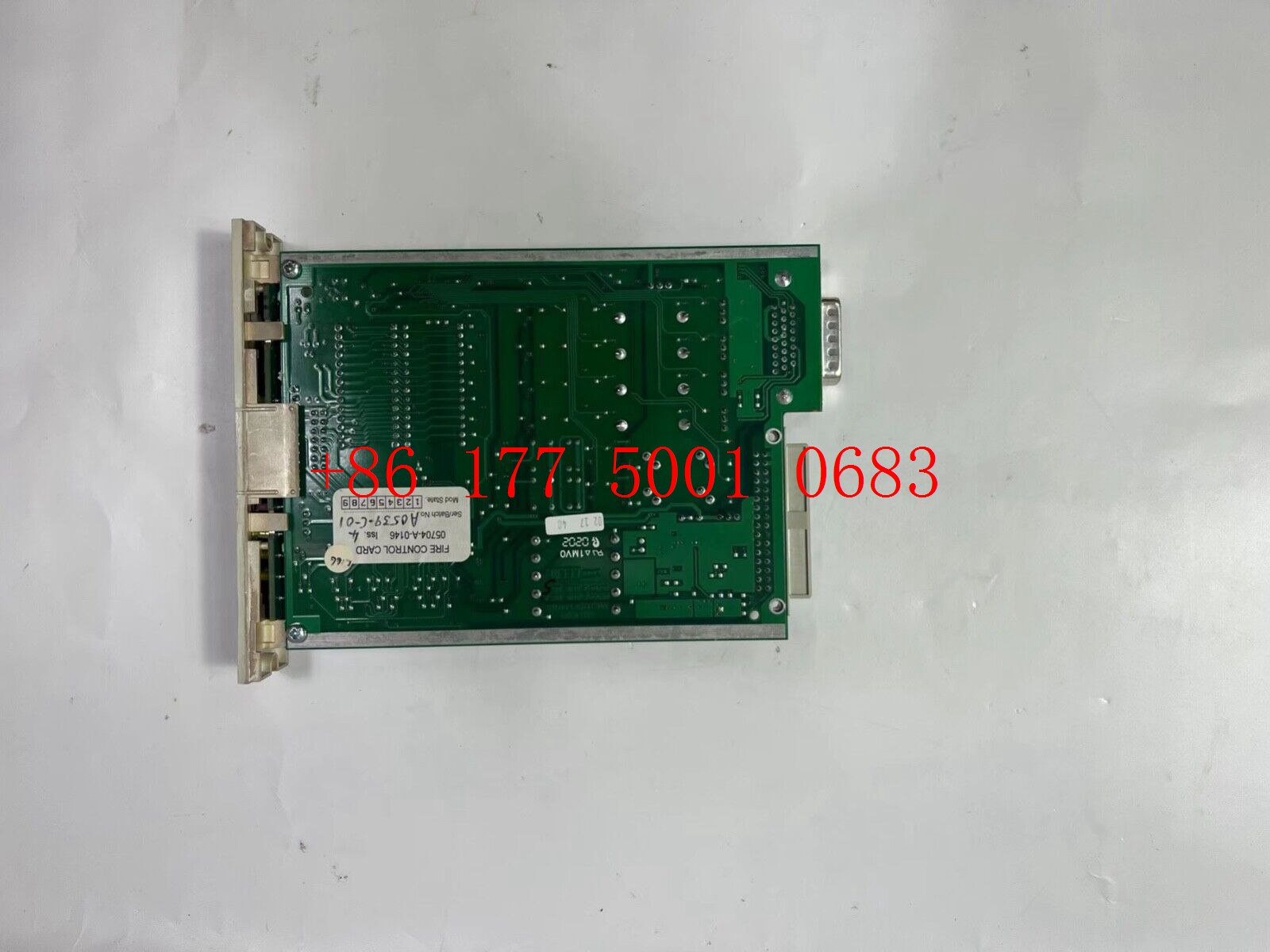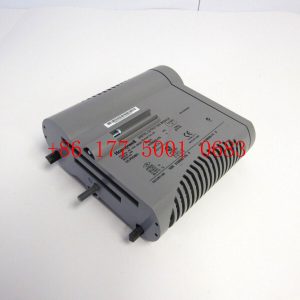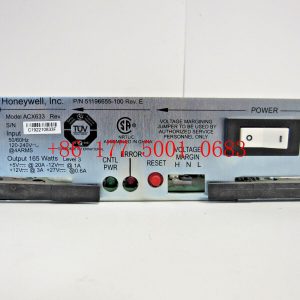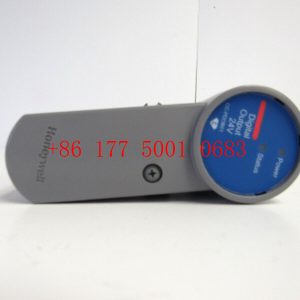Description
hardware flow control. It is an ideal choice in the field of industrial automation.
Implementation of communication between ABC industrial robot and PLC based on DeviceNet fieldbus technology
introduction
In modern production systems, industrial robots and PLCs need to communicate and collaborate to complete production tasks. That is, the
industrial robots output signals to the PLC, allowing the PLC to control related equipment to drive the robot”s front-end tools. This article
mainly analyzes the communication problems between ABB industrial robots and PLC based on DeviceNet fieldbus technology.
DeviceNet is a common network communication method in the field of automation. ABB industrial robots establish a network to communicate with
Siemens PLC based on the DeviceNet network.
1Configure DSQC652
There are mainly 5 types of standard I/0 boards commonly used in ABB industrial robots [2]. Except for the different addresses assigned to
them during setup, their configuration methods are basically the same. This article mainly analyzes the ABB standard I/0 board DS0C652, which
mainly builds communication modules based on the DeviceNet network. The DS0C652 board has a distributed I/O module with 16 digital input and 16
digital output interfaces. The board is installed in the ABB industrial robot control cabinet. First, define the specific operation steps of the DS0C652 board,
enter the teach pendant control panel, then enter the configuration menu (Figure 1), select the DeviceNetDevice menu, and add a template to enter Figure 2.
ABB standard I/0 board is hung on the DeviceNet
network, so the address of the module in the network must be set. The jumpers 6 to 12 of terminal x5 are used to determine the address of the module.
The available address range is 10 to 63. Modify the parameters in the template parameters to complete the DS0C652 board settings. Click the drop-down
menu to select the “Use value from template” row, select
“DS0C65224VDCI/0Device”, and then the parameters that need to be set include the address of the I/0 board in the bus.
Figure 1 Configuring DSQC652
2Configure signals and parameters
After completing the DS0C652 board setting, the I/0 signal setting will be performed. Setting the I/0 signal is the basis for establishing communication with
the PLC. The PLC communicates and transmits data with the ABB industrial robot through the I/0 signal and the DS0C652 board. As shown in Figure 3, in the
signal configuration interface, there are many default I/0 points after the system is established. Modification is not allowed. Click “Add” to add signals. When setting
input and output signals, their address range is 0~15. First, enter the signal menu in the configuration options to set the input and output types, and modify the corresponding parameters.
After completing the settings, the computer prompts that you need to restart the settings. If there are multiple signals that need to be defined and the waiting time
is long after restarting multiple times, you can click “Cancel” and wait for all signals to be defined before clicking the “Yes” button to restart. After the signal settings are
completed, click to select “Input and Output” in the ABB menu to check whether all signals have been set.
Figure 2 Configure DSQC652 parameters
Figure 3 Signal parameter settings
During the signal establishment process, attention should be paid to the DSoC652 port and PLC port addresses used, and the corresponding address table should be
established, as shown in Table 1. The robot interacts with the PLC through I/O signals. During the setting process, there must be no errors in the port and address number
of the PLC connected to the DSoC652. If the address is set incorrectly, the communication between the robot and the PLC will not work properly.
The entire robot teaching pendant setting process is shown in Figure 4.
https://www.xmamazon.com
https://www.xmamazon.com
https://www.plcdcs.com/
www.module-plc.com/
https://www.ymgk.com
DS200GSIAG1B robot control card
DS200GSIAG1ACA simulates input and output
DS200GSIAG1A data processing module
DS200GLAAG1A wire adapter board
DS200GLAAG1A lead adapter card
DS200GGXCG1A General Electric MARK V board
DS200GGXAG1ADB Redundant power module
DS200GGXAG1A communication module
DS200GGIAG1B main control panel
DS200GGDAG1AGD power amplifier board
DS200GGDAG1A power amplifier
DS200GDPAG1AHE analog output module
DS200GDPAG1AGC grid driver board
DS200GDPAG1AFB high frequency power supply board
DS200GDPAG1A analog output module
DS200GASCF1A servo drive
DS200FSAAG2A secure CPU module
DS200FSAAG1A power amplifier
DS200FPSAG1ABB Signal receiving board
DS200FPSAG1A Power module
DS200FHVAG2ADA analog input module
DS200FHVAG2A control system
DS200FHVAG1ADA High voltage door interface card
DS200FGPAG1AKD pulse amplifier board
DS200FECBG1A excitation card GE drive system
DS200FCSAG2ACB control current sensing interface board
DS200FCRRG2A PLC controller
DS200FCRRG1ACA circuit control card
DS200FCRRG1A Mainboard interface board
DS200FCRLG1AFC ignition circuit card
DS200FCRLG1A DI/DO control card
DS200FCGDH1B DCS control module
DS200EXPSG1ACB Turbine power supply card
DS200EXPSG1ABB PC board communication adapter
DS200EXPSG1A Turbine power supply card
DS200EXDEG1A GE excitation control board
DS200EVIAG1B control system
DS200DTBDG1A CPU module
DS200EVIAG1B Main board Interface board
DS200DTBCG1A DI/DO control card
DS200DTBAG1A system spare parts
DS200DTBBG1A controller main unit
DS200DSPDF1A input control board









Reviews
There are no reviews yet.